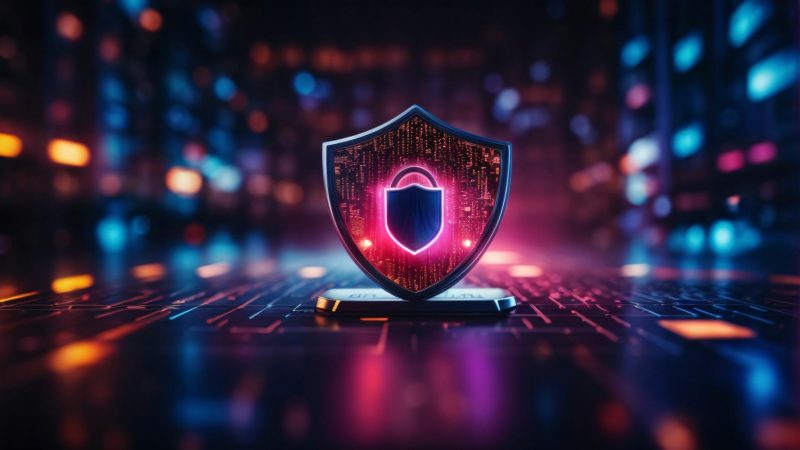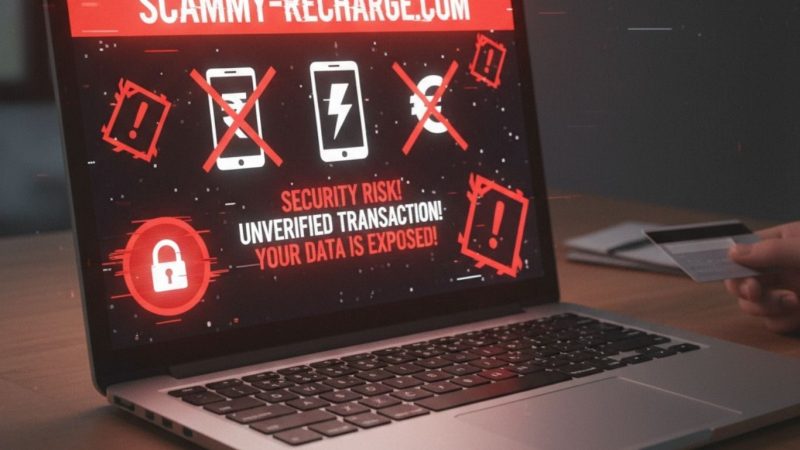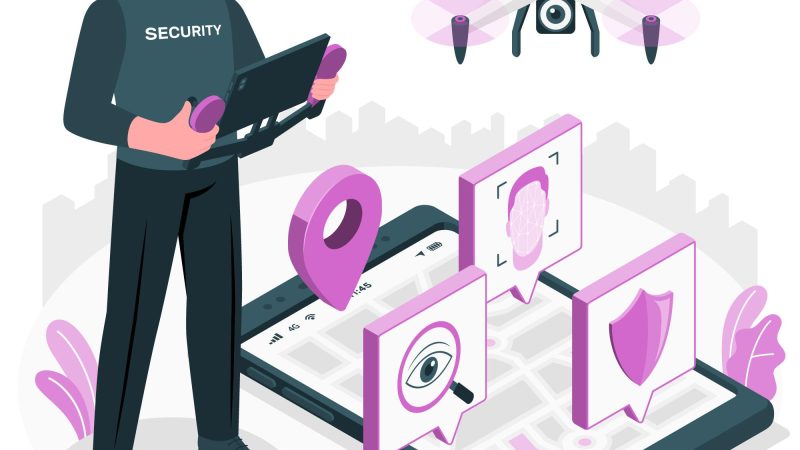Tech That Thinks Ahead: Smarter Security for an Always-On World

In a hyperconnected environment, security is no longer an afterthought; it is a fundamental requirement. Every device, app, and user connection creates an opportunity for cyber threats to infiltrate networks. Businesses and individuals alike rely on technology to protect sensitive data, manage access, and anticipate threats before they occur. The digital world operates around the clock, and cybersecurity must keep pace with the speed and complexity of modern threats. Smart technology is now leading the charge, introducing predictive systems that anticipate and adapt in real-time.
The Evolution of Intelligent Security
Traditional security once relied on static defenses. Firewalls, antivirus software, and manual monitoring were sufficient when networks were simpler and attacks were less sophisticated. Today, threats evolve rapidly, often using automation and artificial intelligence to find vulnerabilities. To keep up, security must evolve as well.
Intelligent security systems analyze massive amounts of data, recognize patterns, and respond faster than any human could. Machine learning enables these systems to identify anomalies, predict future threats, and automatically adjust their defenses. Instead of waiting for breaches to happen, predictive systems anticipate them and act before damage occurs.
This shift represents a new era in cybersecurity, where technology no longer reacts but proactively shields digital assets from harm.
Smarter Systems for Smarter Threats
Modern security threats are not only more frequent but also more strategic. Phishing, ransomware, and advanced persistent threats use multiple attack vectors to bypass traditional defenses. Smarter systems use layered protection, combining artificial intelligence, real-time monitoring, and automated response.
For instance, intelligent firewalls now integrate features such as intrusion prevention, web filtering, application control, and encrypted traffic inspection. These technologies work together to detect unusual activity, block malicious content, and provide visibility into every corner of a network.
The shift toward smarter security is not just about technology but also about strategy. Organizations need solutions that adapt to changing conditions, protect hybrid work environments, and maintain visibility across cloud and on-premise networks. Predictive analytics and automation provide that flexibility, reducing response times and improving protection across all levels of infrastructure.
The Role of Predictive Intelligence
Predictive intelligence uses data and machine learning to forecast potential risks. Studying trends, user behavior, and threat patterns allows systems to anticipate attacks before they happen. This capability transforms how security teams operate. Instead of responding to alerts after an incident, they can prevent those incidents altogether.
The benefits are significant. Predictive security reduces downtime, minimizes data loss, and helps maintain business continuity. It also reduces costs by minimizing the number of manual interventions needed to manage threats. As predictive models become increasingly accurate over time, the future of cybersecurity lies in systems that continually learn and act independently.
For small and medium-sized businesses, predictive intelligence provides enterprise-level protection without the need for large security teams. Solutions like T Series Firewalls from WatchGuard Online combine advanced network security features with intelligent management tools. These systems are designed to anticipate future needs, providing scalable protection that adapts to evolving demands and emerging threats.
Always-On Protection for an Always-On World
The modern workplace operates 24/7, often across time zones and devices. Remote work, cloud computing, and Internet of Things (IoT) devices have expanded the attack surface, creating more points of vulnerability. Always-on environments require security solutions that never rest.
AI-powered monitoring tools provide constant surveillance, ensuring that no activity goes unnoticed. Automated alerts and self-healing systems address issues in real time, minimizing human error and reducing the time it takes to contain a threat. The result is a network that not only defends itself but also strengthens over time.
This always-on protection gives businesses confidence to innovate, expand, and connect securely. The goal is no longer to simply block attacks but to create a resilient digital ecosystem that thrives despite them.
Looking Ahead
The future of cybersecurity is intelligent, adaptive, and predictive. As technology continues to advance, so will the capabilities of those seeking to exploit it. Staying ahead means investing in solutions that can learn, think, and act faster than attackers.
Smarter security systems represent a fundamental shift from reactive defense to proactive protection. By embracing technologies that anticipate risks and evolve with the threat landscape, organizations can secure their data, networks, and future.
Technology that thinks ahead is not just a luxury; it is a necessity for an always-on world.






